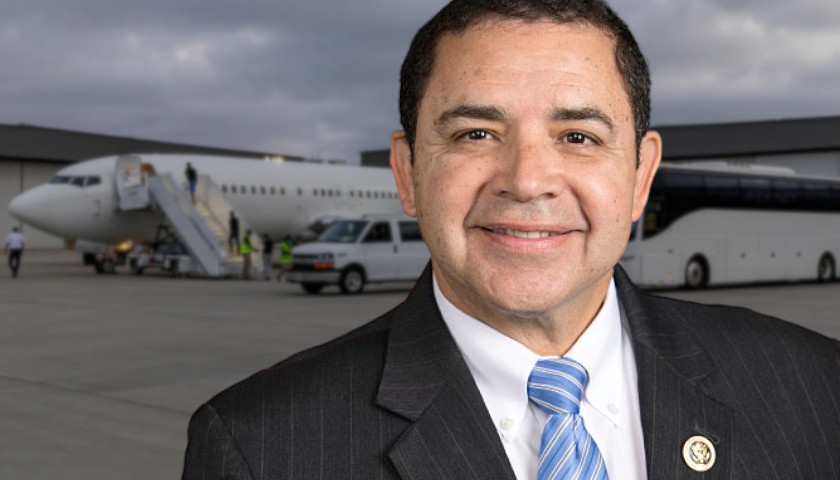by Noell Evans
The number of people on probation in Minnesota has increased by 5,000 over the past five years. In 2018, more than 46,000 residents in the state were under some level of community supervision.
But the state’s probation system has not grown at the same rate. It’s a concern that the state recognizes but a solution remains elusive.
“Caseload sizes are already above the recommended standards and the number of persons under felony probation supervision continues to increase,” Sarah Fitzgerald, director of Communications and Media Relations for the Minnesota Department of Corrections, said.
The American Probation and Parole Association recommended standards in 2011 for supervision agents are 20 to 1 for intensive felons, 50 to 1 for moderate to high felonies and 200 to 1 for low parolees. In Minnesota, the ratio is 66 to 1 for the most intensive parolees and 104 to 1 for moderate.
“Minnesota has a long history of using community supervision as an alternative to incarceration,” Fitzgerald said. “While there are 10,000 incarcerated individuals, the state supervises over 100,000 individuals in the community. This practice of using community supervision saves taxpayer dollars and produces better justice system results through keeping people connected to pro-social community ties, including work opportunities and family.”
But probation resources have not kept up with the increase in number of those on supervision, Fitzgerald said.
Reforms that would cap probation sentences at five years and reduce the number of offenders who are locked away for probation violations were not approved during the past legislative session.
“To do the time-consuming work of finding effective and evidence-based alternatives in the community takes significant time for agents,” Fitzgerald said. “With the increased rate of felony supervision, it is critical that caseloads remain manageable so agents can dedicate the necessary time with individuals under supervision. In addition, great attention has been given at the legislature to decrease the number of executed sentences for individuals on probation and the number of revocations for those on supervised release. In order for the agents to be successful, they need time and resources.”
Another issue Fitzgerald called out is one of simple logistics, saying “agents are often driving extended distances.”
Minnesota also ranks fifth in the U.S. in the percentage of its residents who are on probation.
– – –
Noell Evans is a contributor to The Center Square.
Photo “Law Enforcement” by the Office of Public Affairs. CC BY 2.0.





